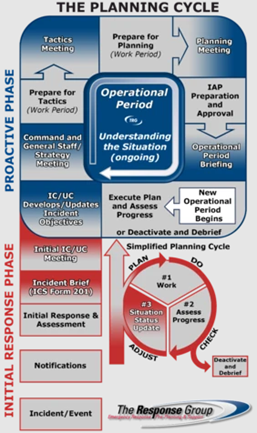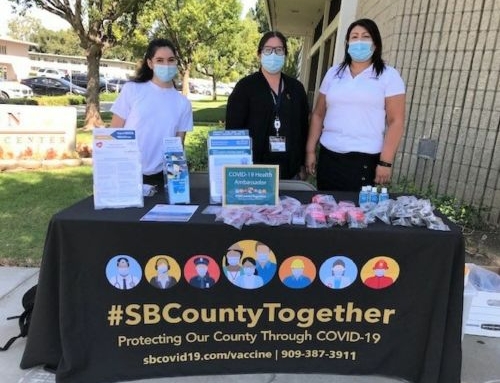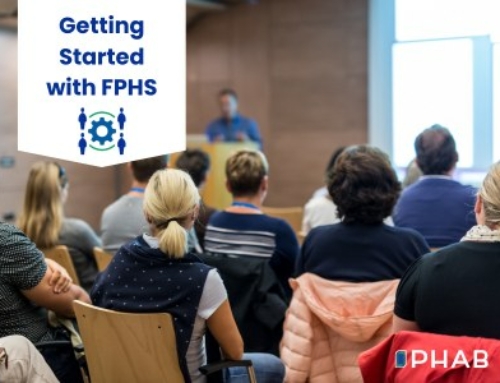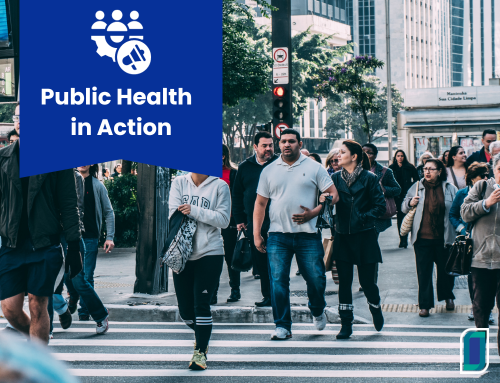author name
Your Position Goes Here
Tools to Support Rapid QI during an Emergency Response
Insights from an accredited health department – Richland Public Health
Like every local health department across the nation, we have multiple plans in place that address all 15 response capabilities for a public health emergency.
While the plans provide a strong foundation, every public health emergency is unique and fraught with rapidly developing situations. These rapidly developing situations require rapid quality improvement (QI) projects that support quick and efficient mitigation efforts to reduce the loss of life and property during a disaster. To identify gaps and areas of improvement for rapid QI projects, the emergency response plans should be key, go-to tools that are referenced immediately. These plans, which are tested regularly, have been developed with input and guidance from subject matter experts, as well as local, regional, state, and federal partners.
 Anytime a plan is used, whether it is for a real-world event (RWE) or training exercise, an After Action Review (AAR) is conducted and an Improvement Plan (IP) is implemented. The AAR and IP are both excellent continuous quality improvement tools, and can be extremely beneficial in rapid QI projects. An AAR (hotwash) can be conducted at any time during the exercise or response so lessons learned can be identified and addressed immediately. This will improve the overall performance of the local health department and all of the responding agencies and community partners.
Anytime a plan is used, whether it is for a real-world event (RWE) or training exercise, an After Action Review (AAR) is conducted and an Improvement Plan (IP) is implemented. The AAR and IP are both excellent continuous quality improvement tools, and can be extremely beneficial in rapid QI projects. An AAR (hotwash) can be conducted at any time during the exercise or response so lessons learned can be identified and addressed immediately. This will improve the overall performance of the local health department and all of the responding agencies and community partners.
Richland Public Health used the Plan, Do, Check, Act (PDCA) cycle to improve or change existing processes, programs and/or services to meet Incident Objectives for ourCOVID-19 response. Some Incident Objectives also led to the development of new processes or policies, another ideal opportunity to employ the PDCA cycle. The Planning Cycle of the Incident Command System (ICS), also referred to as the Planning “P”, follows a PDCA approach and establishes SMART Incident Objectives – objectives which are specific, measurable, action-oriented, and realistic with a time frame. One of the hallmarks of QI is the use of SMART objectives and goals. The use of the PDCA cycle, the integration of SMART objectives, and the continuous cycle of development creates a dynamic parallel between quality improvement and emergency response. Rapid QI during a response needs to be done with such haste that documentation can be a challenge. As such, we found ICS forms provided excellent documentation of both our response and our rapid QI projects associated with the pandemic. In particular, ICS Form 201, the Incident Briefing, and ICS Form 209, the Incident Status Summary. We also used ICS Form 207, the Incident Organization Chart, to keep track of ICS staff assignments as staff assumed new roles and additional responsibilities constantly to support rapid QI projects. The Safety Message/Plan, ICS Form 208, was another valuable tool.
The identification, development, monitoring, and adjustments of our rapid QI projects associated with the pandemic response occurred primarily in Incident Command. As a result, QI initiatives progressed quickly because the key players were engaged, understood available resources, and could authorize the use of those resources.
We’ve adapted so quickly to meet the needs of our community that most of us likely don’t even realize we have spent the last year successfully navigating continuous, rapid QI projects. It will be important to highlight those rapid QI successes when we are able to reflect upon our pivotal role in the COVID-19 pandemic. Our employees will be empowered by the realization that they completed QI projects, without even realizing it, during our busiest, most stressful, but most important season ever in public health.
– Jill Hartson, Accreditation Coordinator, Richland Public Health





